Best Places to Go in August

Searching for the best places to go in August? Well, you are in the right place! August is one of the best times to soak up summer’s energy and explore some of the world’s most dazzling destinations. From my many trips across the U.S. (and a few in Europe), here are some places I think you absolutely have to see in the summer.
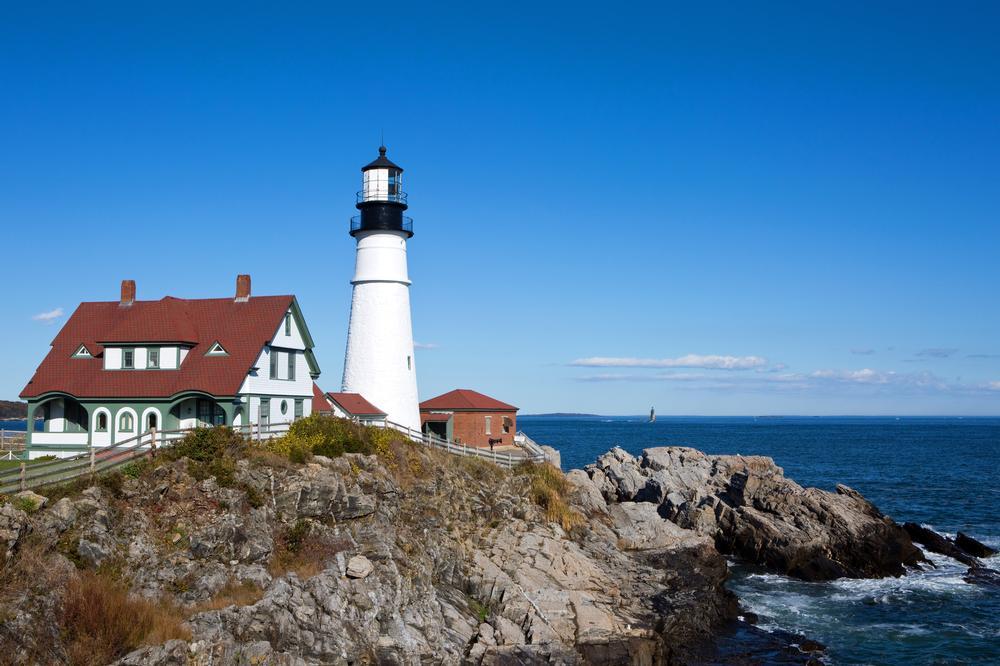
1. Portland, Maine
Ready for a breezy New England adventure? Check out Portland, a true coastal standout! I took a week-long August vacation to this scenic, walkable coastal city where I found warm and sunny weather (with refreshing ocean breezes) that made it ideal for exploring the outdoors and enjoying its lively waterfront atmosphere. We stayed at 3-star Inn at St John for four nights and explored "Forest City" from our comfortable King guest room.
What I love about visiting Portland, Maine is that it’s compact, easy to explore, and packed with character. It’s the kind of place where I can spend a full day walking around, eating incredibly well, and still feel like I’ve really seen the city. I recommend wearing your most comfortable walking shoes and starting your day early—Portland may be small, but there’s a lot to experience.
Getting to Portland is pretty straightforward. If you’re coming from Boston, I suggest taking the Amtrak Downeaster, which takes about 2.5 hours and drops you right in downtown Portland. Tickets usually start around $30 USD one way, and the ride is relaxing and scenic. Driving is also an option, but once you’re in the city, you won’t need a car much because downtown Portland is so very walkable.
If you make the trip out to Portland, I think you should start by exploring the Old Port. This historic waterfront area is full of cobblestone streets, working wharves, local boutiques, and some of the best restaurants in New England. Walking along the harbor is a must, especially if you want to watch the lobster boats come and go or catch the sunset over Casco Bay. Portland is also famous for its food scene, so plan on stopping often for fresh seafood, bakeries, and coffee shops.
One spot you absolutely shouldn’t miss is Portland Head Light, Maine’s most iconic lighthouse. It’s just a short drive (or rideshare!) away in Cape Elizabeth, and the coastal views alone make the trip worth it. Back in town, you can stroll along Commercial Street, visit local art galleries, check out the working fish piers, or relax with a craft beer. Locals bragged to me that Portland has more breweries per capita than almost anywhere in the country!
I will say that, it’s easy to wander aimlessly and lose track of time (especially if this is your first time). On our first visit, we found that taking a guided tour helped us get oriented and make the most of our vacation. For me, the "Trolley City Tour with Portland Head Light Stop" is a standout because it covers all the most important stops in a short time without having to walk a lot.
- Average August temperature: 62°F – 75°F (17°C – 24°C)
What I loved best:
I especially enjoyed brunch at Hot Suppa, my favorite highlight. I had corned beef hash with poached eggs, crispy potatoes, and a Bloody Mary that tasted like summer in a glass. I sat outside under string lights, feeling like the day had already delivered its best.
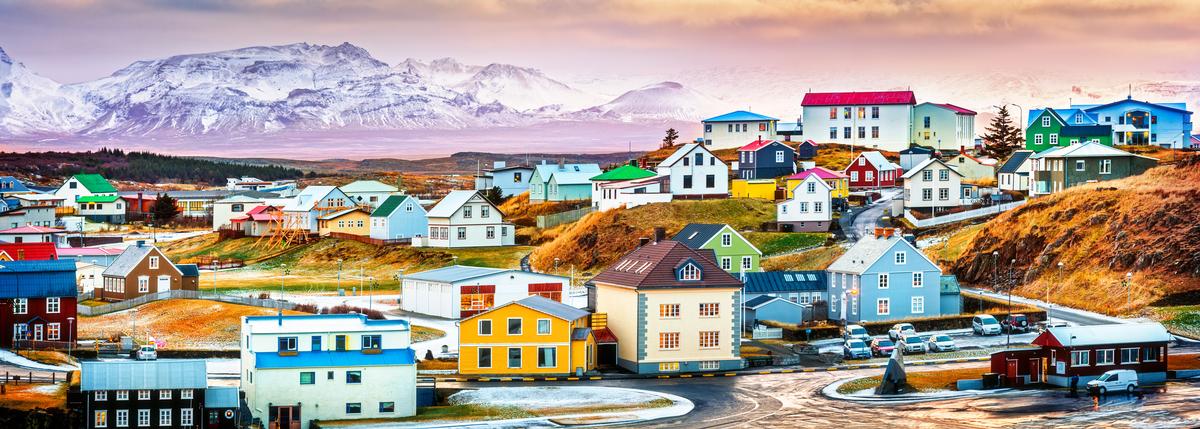
2. Iceland
This place offers some of the most untouched landscapes I’ve ever experienced, and I honestly think it’s one of the absolute best destinations for nature lovers in late summer.
I found the weather to be mild, bright, and full of energy this month, perfect for exploring waterfalls, glaciers, and volcanic landscapes under nearly endless daylight.
I discovered there were also some incredible summer festivals and events this month such as the Reykjavík Culture Night (Menningarnótt) with street parties, art, and fireworks, the Reykjavík Pride Festival with colorful parades and concerts, and the magical Þjóðhátíð (National Festival) in the Westman Islands, famous for bonfires, live music, and fireworks. The whole country seemed alive with celebrations!
I flew into Keflavík International Airport, just 45 minutes from Reykjavík, and spent 10 days packed with adventures – soaking in the Blue Lagoon, hiking through Þingvellir National Park on the Golden Circle, chasing waterfalls like Seljalandsfoss and Skógafoss, spotting puffins at Dyrhólaey, taking a glacier hike on Vatnajökull, and relaxing in natural hot springs. We stayed at The Greenhouse Hotel for two relaxing nights.
- Average August temperature: 50°F – 59°F (10°C – 15°C)
The only drawback? The scenery was breathtaking, but August was peak season. Accommodations were expensive, and some spots felt overrun with tourists.
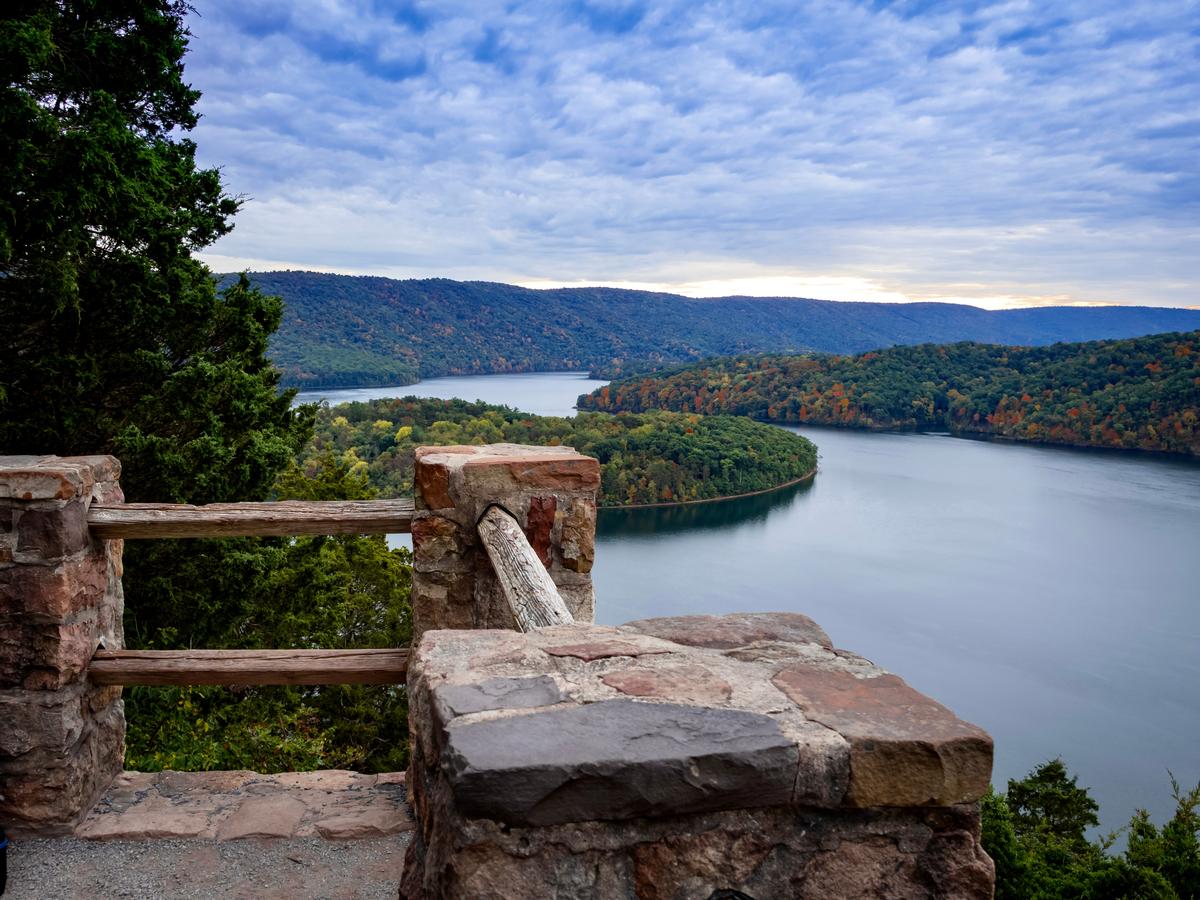
3. Altoona, Pennsylvania
I personally think this is at its best in the late spring through early fall! Yes, it’s also when more visitors come through, but I found it warm, green, and full of energy with plenty of community festivals, outdoor fun, and baseball games giving the city a lively small-town vibe. I stayed at 2-star Wingate by Wyndham Altoona Downtown two stress-free nights.
We started at the Horseshoe Curve, where watching massive trains arc gracefully through the mountains felt both awe-inspiring and oddly calming, especially standing there together with the wind brushing past us.
One of my favorite moments was walking through Lakemont Park, hand in hand, surrounded by old trees and gentle lake views that gave the afternoon a nostalgic, almost storybook feel.
Downtown Altoona surprised me with its warmth—historic buildings, murals, and local cafés made it easy to slow down and enjoy being present instead of rushing from place to place.
We grabbed lunch at a cozy local spot, and the comfort food hit just right—simple, hearty, and made even better by sharing bites and conversation.
I loved browsing the small local shops and antique stores, discovering little pieces of Altoona’s past and picking out a few quirky finds that felt personal and memorable.
A hidden highlight was visiting the Railroaders Memorial Museum, where learning about the city’s deep rail history added meaning to everything we’d already seen that day.
As evening settled in, we took a quiet drive through the surrounding hills, the soft mountain light making everything feel peaceful and intimate.
- Average August temperature (Altoona, PA): 57°F – 79°F (14°C – 26°C)
Watching the sun dip behind the mountains near Horseshoe Curve was my favorite moment.
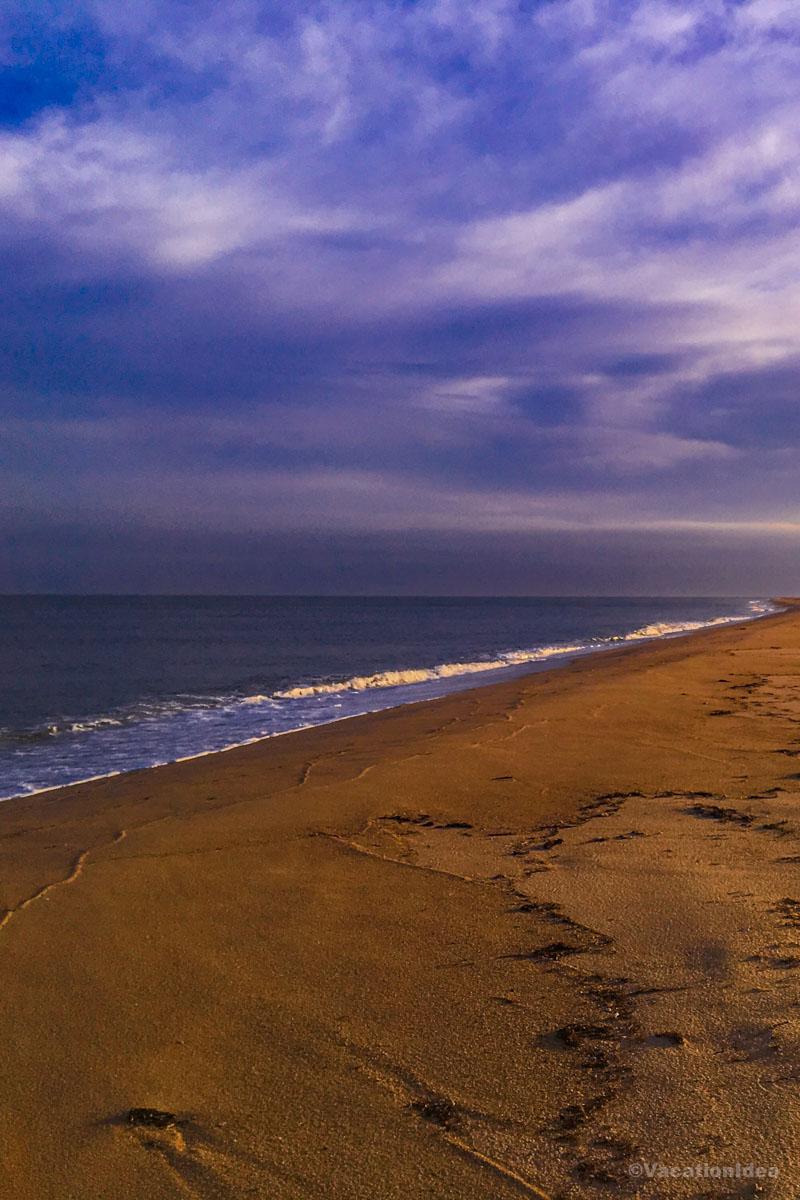
4. Cape Cod
Chris and I both absolutely love Cape Cod, and have been many times. This is one of my favorite places to visit in August when I moved to the East Coast because it has that perfect mix of sunny beach days, cool coastal breezes plus it's incredibly easy to reach from Boston, even on a day trip.
We started the trip by driving over the Bourne Bridge early in the morning, which already felt like a dream and such an exciting experience.
First stop was a breakfast spot near Hyannis, where the coffee was strong, affordable, and the vibes were cozy and local.
After that we headed straight to the beach near Wellfleet, and honestly it was one of the most amazing and underrated stretches of sand I’ve seen.
The water was cool, the dunes looked spectacular, and it felt like a peaceful family and romantic escape all at once.
Later that day we biked the Cape Cod Rail Trail, which was such a brilliant idea and a unique way to see nature up close.
We passed through small towns near Orleans and Eastham, stopping whenever something interesting or unusual caught our eye.
Dinner that night was seafood near Chatham, and the lobster rolls were my favorite and easily some of the best ever.
The next morning started slow, with a joyful walk along the harbor watching boats come in, see in my photos how vibrant it looked.
We spent the afternoon exploring Provincetown, which felt colorful, artistic, and like an absolute best summer town.
There were galleries, little shops, and so many cool people that made it feel alive and welcoming.
One of the highlights was a sunset whale watch near the tip of the Cape, and it was a once in a lifetime experience.
Seeing those massive whales so close felt surreal, magical, and honestly emotional (peak whale watching season here is mid-April to late October).
Another day was all about relaxing, just beach hopping and enjoying the most simple pleasures.
We found an underrated beach near Dennis that felt private and calm, perfect for a weekend reset.
Ice cream stops became a daily tradition, which sounds small but added so much joy.
At night we sat outside listening to ocean waves, which felt like pure summer.
Need a good hotel recommendation? I've been staying at 5-star Chatham Bars Inn for decades - I love its outdoor pool and location on the water.
- Average August temperature (Cape Cod, MA): 61°F – 78°F (16°C – 26°C)
What I loved best:
I also carved out time for a ferry over to Martha’s Vineyard, which added even more adventure to our summer vacation.
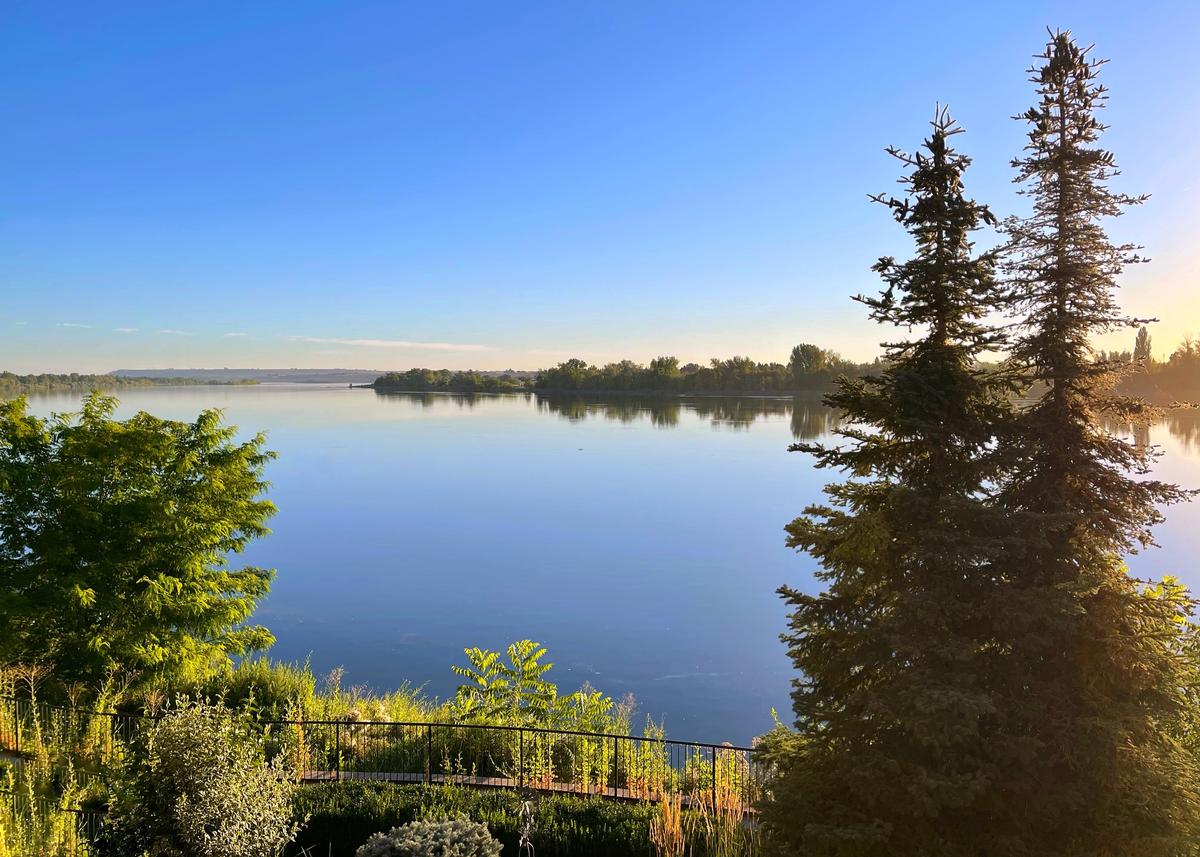
5. Richland, Washington
This is one of my favorite places to visit in late summer because it offers this perfect blend of sunshine, scenery, and small-city ease.
I started the day early with a walk near the river. The trail was still cool from the night before. It smelled like ripening fruit from nearby orchards. I kept walking until the sun crested fully over the trees.
Later, I visited the REACH Museum. Not just for the air conditioning, but for the mix of natural history and Hanford legacy that completely won me over.
For dinner, I sat out on a patio with a view of the Yakima River. I ordered grilled salmon with lemon and herbs. It came with roasted carrots and a wild rice pilaf. A dry wind blew through just as I took the first bite. It smelled like cottonwood and riverbank. For a moment, everything felt suspended in golden light.
We drove 3 hours and 15 minutes from Seattle, I spent the night at Richland Riverfront Hotel. I cooled off in the outdoor pool which was wonderful.
- Average August temperature (Richland, WA): 56°F – 88°F (13°C – 31°C)
The only drawback? I enjoyed the Columbia River views, but August heat made outdoor activities tough in the middle of the day. Shade and water breaks became essential.
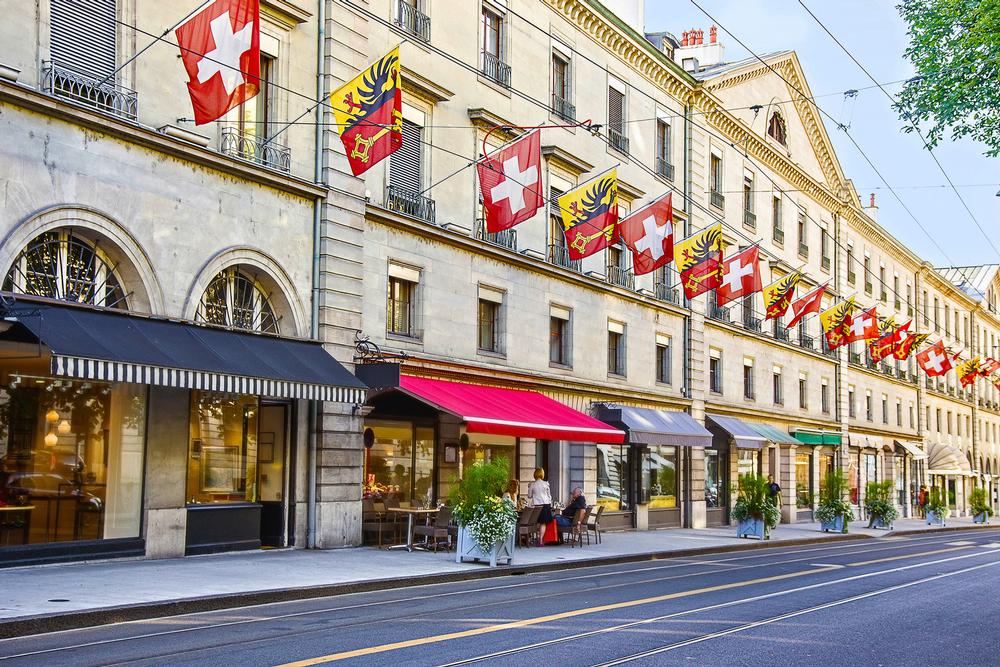
6. Geneva, Switzerland
If you’re craving a getaway that blends European sophistication with stunning natural beauty, this place is a standout.
I discovered Geneva was alive with water-based activities, open-air dining, and seasonal highlights such as the Fêtes de Genève (a spectacular festival with fireworks and concerts) and the convivial lakeside apéros culture.
After flying in from NYC, I based myself at Ruby Claire Hotel Geneva for a week of cosmopolitan leisure. I went swimming and paddleboarding on the lake by day, sailing to nearby Montreux, strolling the Old Town’s cobbled lanes, browsing Sunday flea markets, and exploring iconic landmarks like the Jet d’Eau and the flower-lined Jardin Anglais. Evenings were for lakeside dining, sampling Swiss fondue or lake perch at open-air terraces, and savoring Geneva’s international food scene.
- Average August temperature (Geneva, Switzerland): 57°F – 78°F (14°C – 26°C)
A downside? The city sparkled in summer, but prices were sky-high. From hotels to simple meals, I found myself spending far more than expected.
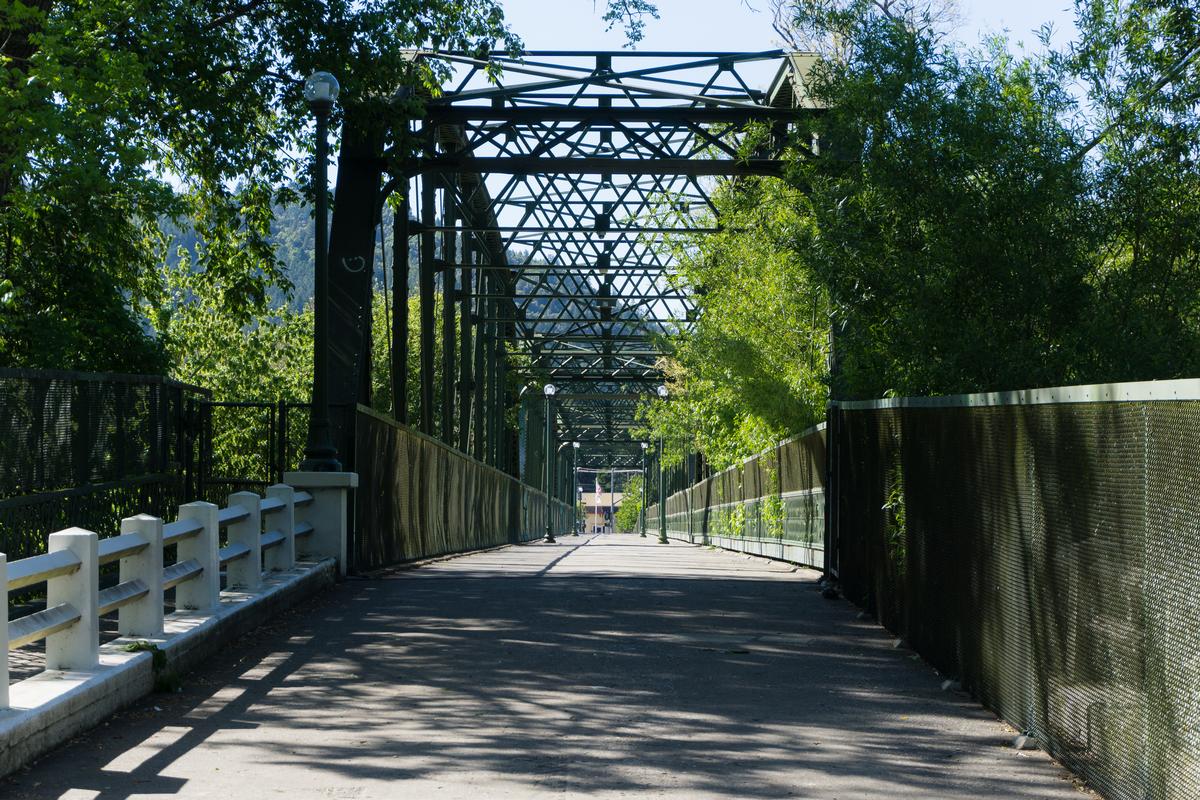
7. Guerneville, California
This is one of the most enchanting landscapes I’ve explored in Northern California, and I genuinely think it’s one of the best under-the-radar summer getaways in the state. Why? I loved miles of forest trails, quiet river beaches, and a laid-back vibe that feels worlds away from the usual California crowds.
My favorite spots here are along the Russian River. August here is hot, perfect for relaxing in the shade under the redwoods. The river was warm for swimming, and the whole area was alive with wine-country charm and small-town summer fun.
The mornings started cool and misty. I stayed in a little cabin tucked beneath the trees. The air smelled like cedar and damp earth. By noon, the sun had burned through and people were lining up at Johnson’s Beach with coolers.
I discovered Guerneville was buzzing with outdoor adventures, al fresco dining, and seasonal events such as lazy tubing float trips, lively summer concerts at the plaza, and the sociable Friday evening gatherings along Main Street.
After just under a two-hour drive from San Francisco, I based myself here for a week of relaxation – swimming and kayaking on the Russian River by day, exploring Sonoma wineries nearby, and shopping the quirky boutiques and galleries downtown. Evenings were for fireside chats at rustic lodges, dining on local farm-to-table fare, and sampling craft cocktails at friendly neighborhood bars.
- Average August temperature (Guerneville, CA): 53.4°F – 81°F (11.9°C – 27.2°C)
What I loved best:
Hiking in Armstrong Redwoods State Natural Reserve was my personal highlight.
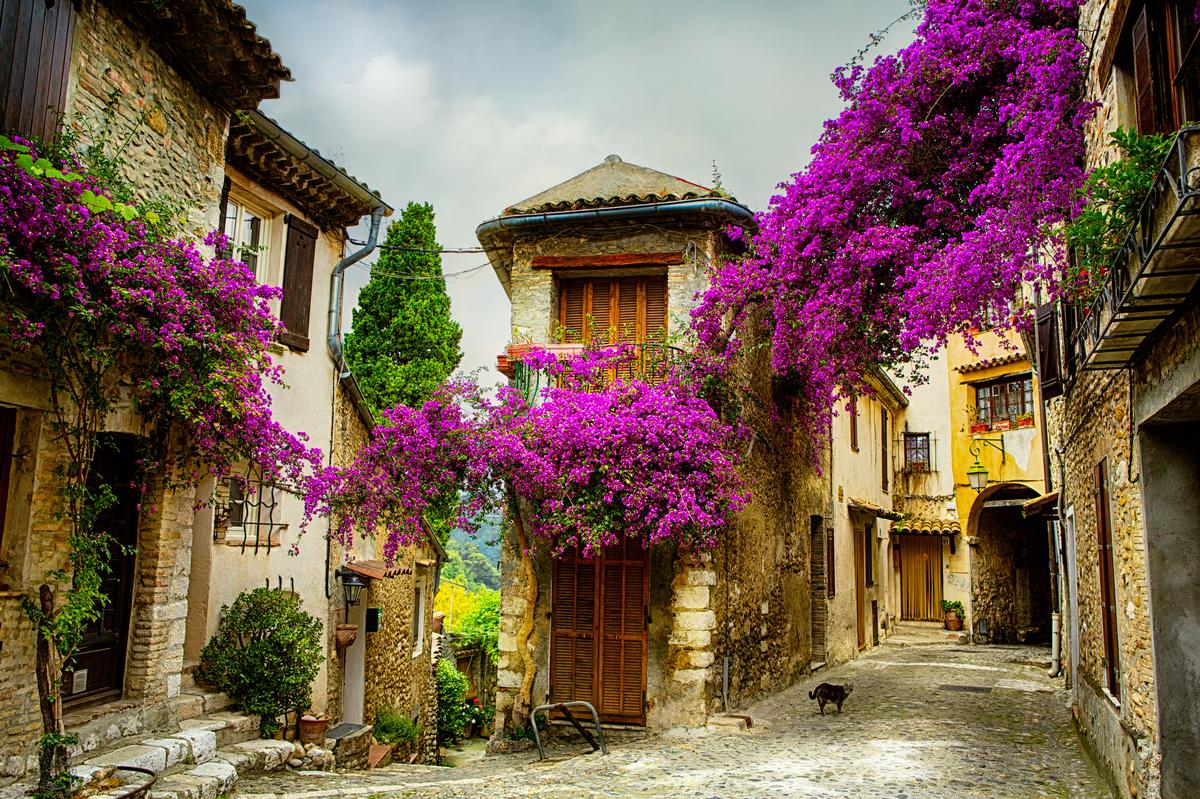
8. Provence, France
Ready for a romantic, sun-drenched escape? Provence in August is one of the best places we’ve ever been, romantic, vibrant, and full of unforgettable experience. I based myself here for a week in a charming vacation rental.
We landed nearby and first drove through lavender fields outside Valensole, which was the absolute best and pure magic.
The smell was amazing underrated and seeing it in real life was an experience you can see in my photos.
Next we wandered into small hill towns near Aix-en-Provence, and it felt like a hidden gem weekend escape.
Stone streets, vibrant markets, and colorful shutters made everything look unique and interesting in the most romantic way.
Lunch came next, and we sat slowly with rosé and fresh bread, which honestly felt like the best idea ever.
Later that day we explored vineyards near Châteauneuf-du-Pape, close to the Rhône River, and it was spectacular.
Wine tasting here was affordable and exciting, and we laughed a lot which made it even more joyful.
The following morning started early with a drive to the Luberon villages, some of the most beautiful in France.
Gordes and Roussillon were my favorite, especially the unusual red cliffs that looked unreal and cool.
In the afternoon we slowed down near the Verdon Gorge, not far from Nice, and the views were exceptional.
Swimming there felt refreshing and family friendly, and felt great due to summer heat.
Evenings were spent strolling local squares, listening to music, and enjoying simple dinners under warm skies.
- Average August temperature (Provence, France): 64°F – 82°F (18°C – 28°C)
You'll find hotels for every budget in Provence.
A downside? Lavender fields in full bloom were unforgettable, but August was blazing hot. Walking through villages at midday left me searching constantly for shade.
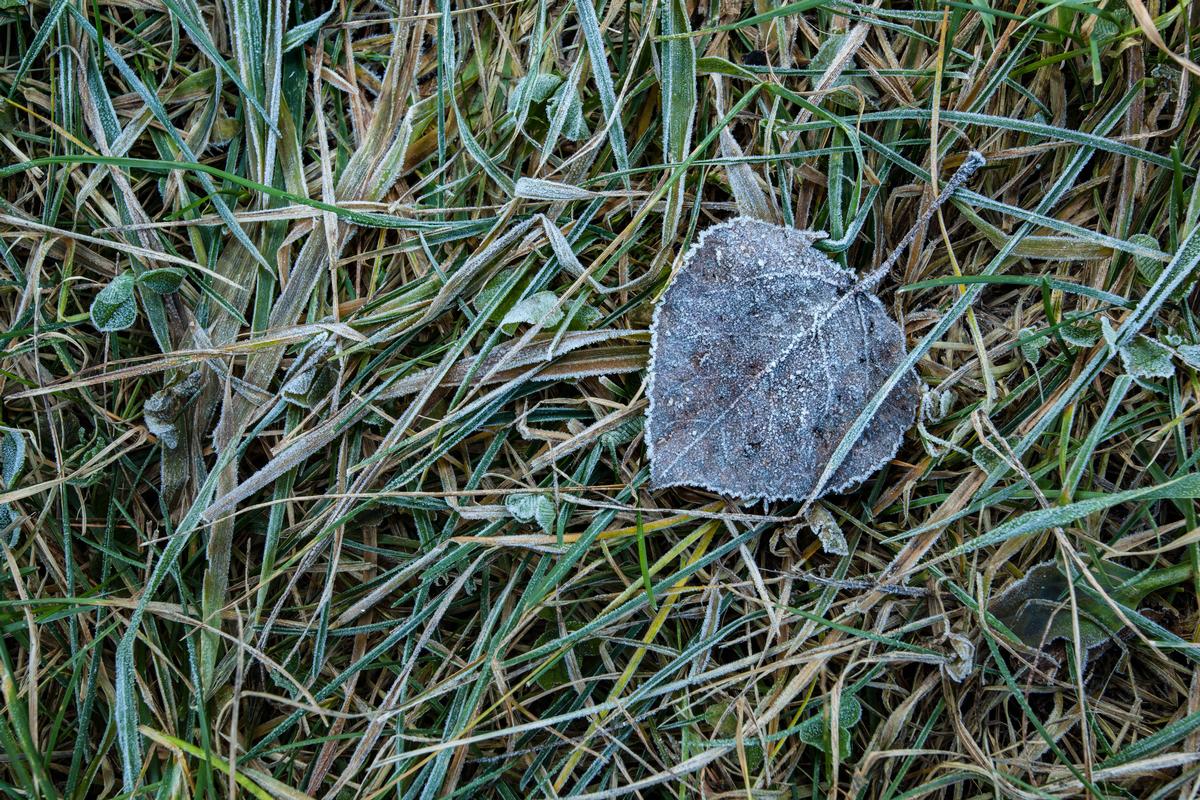
9. Gilford, New Hampshire
There’s something about this place that instantly made me feel like I’d found a quiet New England treasure. When I lived in NYC for 10 years, a few cherished days in New Hampshire in August were always such a treat.
I spent hours sitting at the edge of Lake Winnipesaukee in Gilford with my feet in the water and nowhere else to be.
The mornings were bright and cool, with that perfect hint of dew in the air.
I caught a lakeside concert at the Bank of New Hampshire Pavilion. I grabbed a lawn ticket and sat in the grass, the sky turning lavender behind the stage.
I also discovered the Gilford Old Home Day Parade and Fair, a small-town celebration with music, food, and crafts.
- Average August temperature: 56.1°F – 77.4°F (13.4°C – 25.2°C)
I flew into Manchester-Boston Regional Airport, drove a relaxed 1.5 hours north, and spent my first day on a scenic Lake Winnipesaukee cruise. The views of the islands, forested shoreline, and sailboats drifting in the breeze were unforgettable. I also rode the Gunstock Mountain chairlift for panoramic views of the lake and White Mountains.
What I loved best:
Exploring Ellacoya State Park, where I swam at the sandy beach and picnicked right by the water.
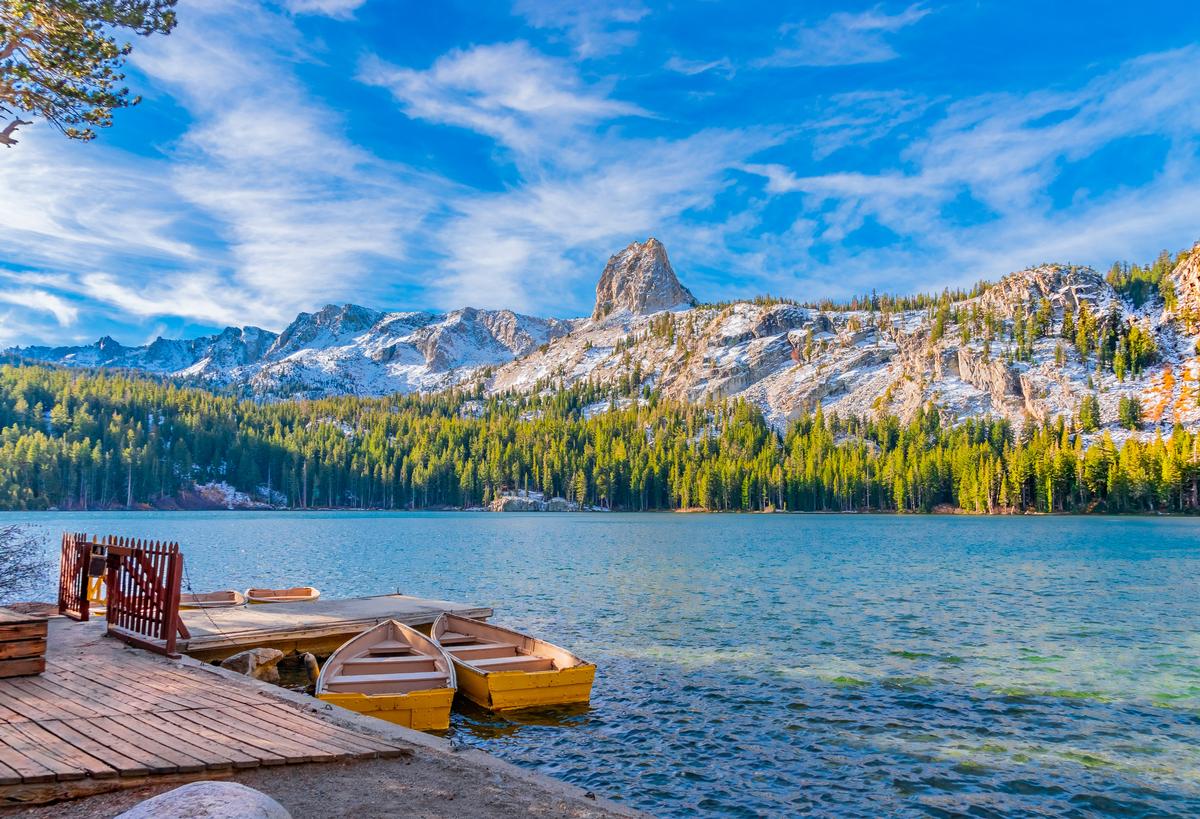
10. Mammoth Lakes, California
Tucked high in the Eastern Sierra like a sparkling alpine sanctuary, this is one of the most breathtaking mountain landscapes I’ve explored in California. In fact, I didn’t realize how much I’d been craving mountain air until I stepped out of the car and took that first deep breath.
Although it’s one of the most popular times to visit, I took a long weekend in August and found the weather to be warm, sunny, and perfect for mountain adventures. Thanks to Mammoth’s high elevation, the air stayed refreshingly crisp compared to California’s valleys, making it the ideal alpine escape.
I also stumbled upon some cool late-summer happenings like the Mammoth Festival of Beers & Bluesapalooza, where live music filled the pines, and the Mammoth Margarita Festival, which brought a fun local vibe to the Village.
- Average August temperature: 46.8 °F – 72.1 °F (8.2 °C – 22.3 °C)
I flew into Mammoth Yosemite Airport (or you can drive about 5 hours from Los Angeles), and spent my first day hiking to the breathtaking Devil’s Postpile National Monument and soaking up the mist from the thundering Rainbow Falls. I enjoyed staying at the affordable Mammoth Mountain Inn. Another highlight was taking the gondola up Mammoth Mountain—the 360° views of the Sierra Nevada peaks and valleys stretched out endlessly beneath me. Afternoons were reserved for relaxing by Twin Lakes, dipping my feet in the cold alpine water, and watching kayakers glide by.
What I loved best:
Exploring the Village at Mammoth, full of cozy restaurants, craft breweries, and boutique shops was my favorite highlight.
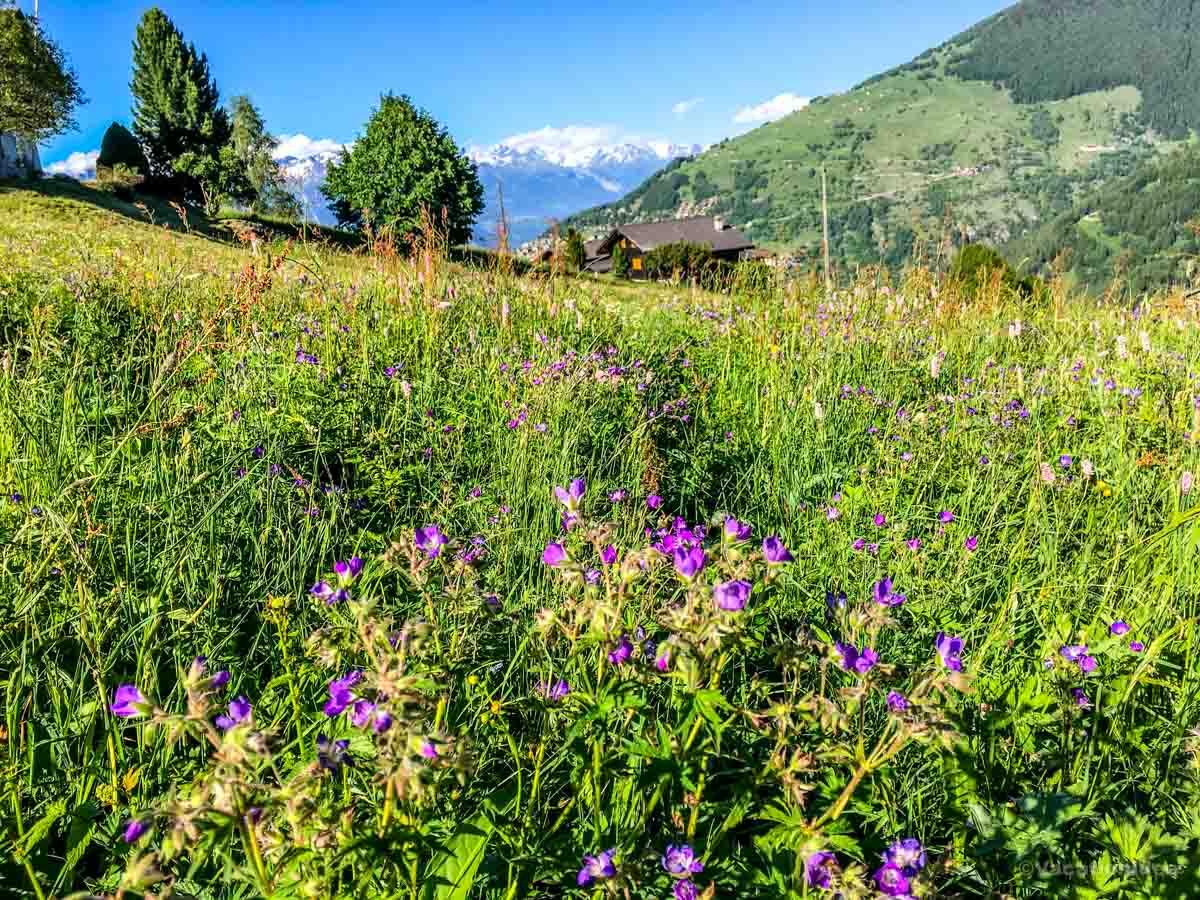
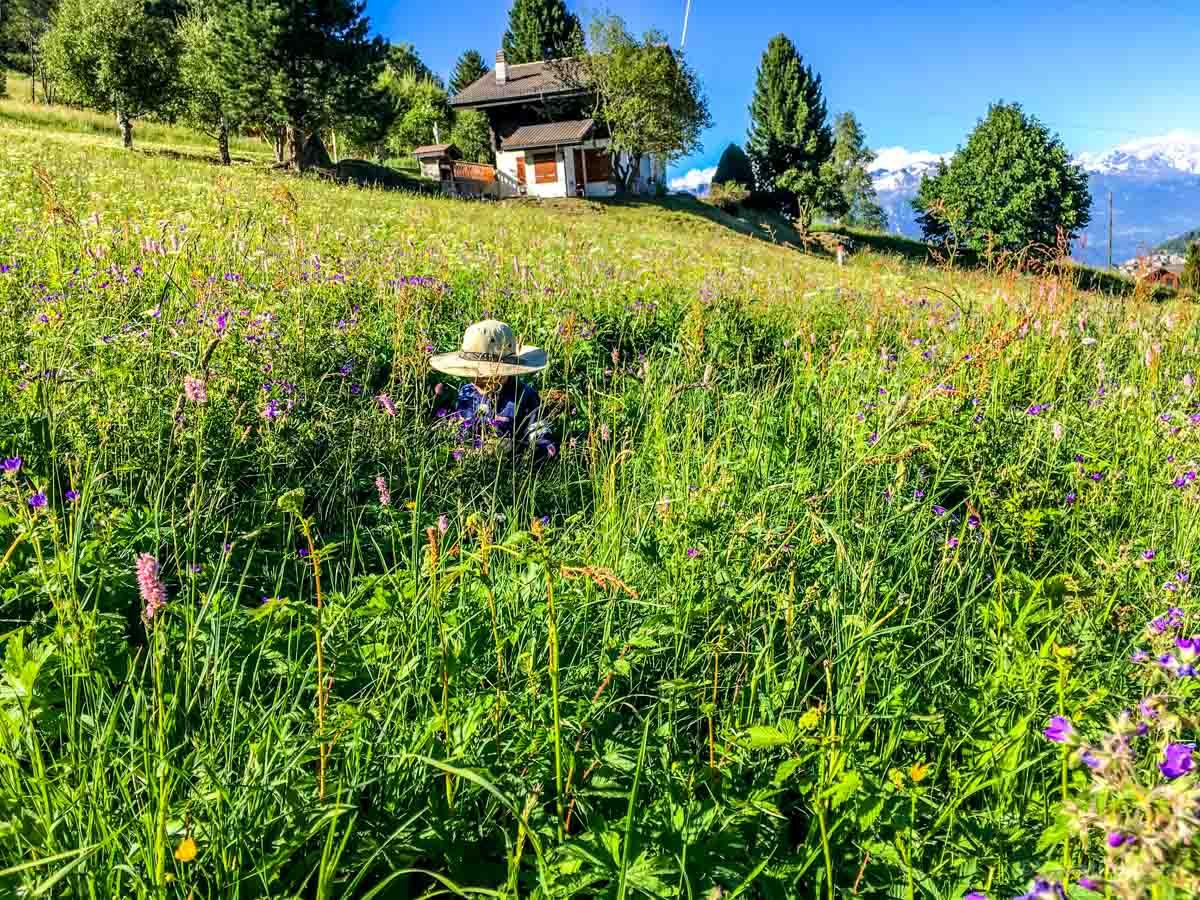
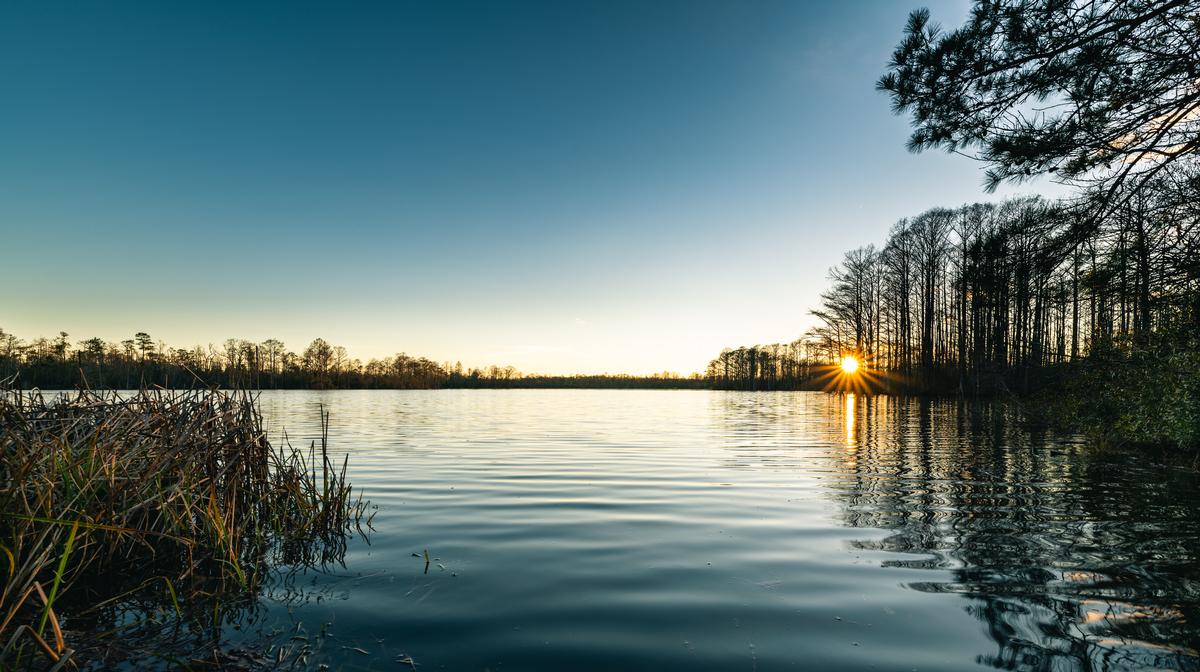
11. Chesapeake, Virginia
This is one of the most naturally diverse areas I’ve explored in coastal Virginia, and it’s honestly one of the best outdoor August escapes near Norfolk!
Although it’s one of the peak summer months, I slipped away for a long weekend in August and found this town to be a perfect balance of sunny coastal weather and breezy waterways. The daytime warmth made it ideal for paddling and exploring, while the evenings brought just enough coolness to enjoy dinners outdoors without the heavy southern humidity.
I also discovered some lively late-summer happenings, like the Chesapeake Farmers’ Market, full of fresh local produce and crafts.
I flew into Norfolk International Airport, a quick 25-minute drive away, and began my trip with a tranquil paddle through the Great Dismal Swamp National Wildlife Refuge. The mirror-like waters, towering cypress trees, and calls of herons and egrets set the tone for a nature-filled weekend. Another highlight was wandering through Northwest River Park, where I rented a canoe, hiked the shaded trails, and watched the sunset reflect over the calm waters.
- Average August temperature (Chesapeake, VA): 73°F – 85°F (23°C – 29°C)
Afternoons were made for exploring Chesapeake’s mix of charm and modern convenience—from browsing boutiques at Greenbrier Mall to indulging in Chesapeake Bay crab cakes at a local dockside eatery.
What I loved best:
For me, Chesapeake is one of the best places to go in August because it's peaceful and relaxing!
Enjoying a short drive to nearby Virginia Beach for oceanfront vibes, then returned to Chesapeake for its quieter, more peaceful pace was my personal highlight.


Booking Checklist
1. Book Your Flight - I use Expedia because I like their mobile app with my itinerary. They've helped me re-book flights on many occasions. Once you reach their Gold tier, support is especially good.
2. Book Your Hotel - I use Booking.com or Expedia, depending on my destination.
3. Book Your Rental Car - I use Expedia.
4. Book your tours on Viator or Get Your Guide.
5. If you are planning to visit more than three national parks in the next 12 months, we've found that buying the America the Beautiful Pass is cost effective.
